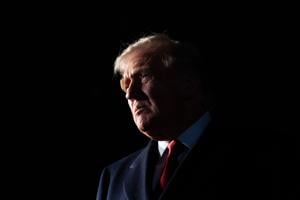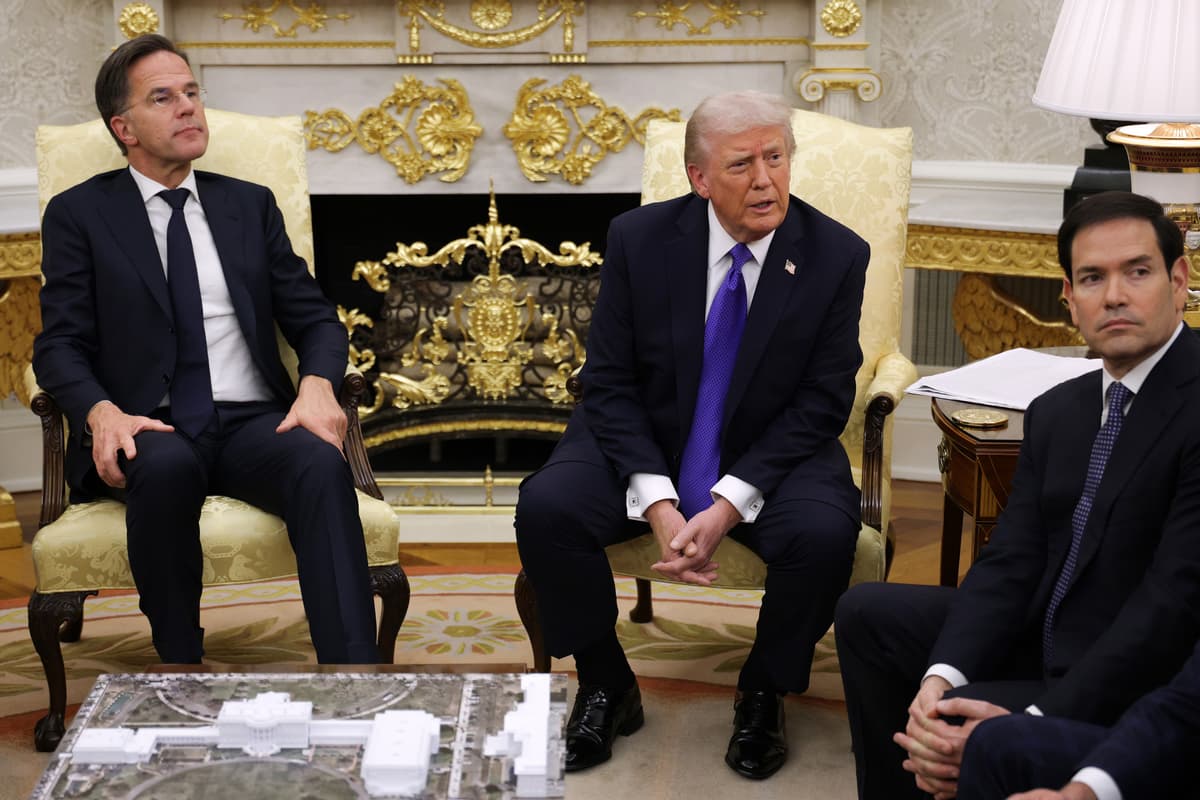U.S.-China trade tensions showed signs of easing ahead of a crucial meeting between President Donald Trump and Chinese leader Xi Jinping. Both sides indicated that a trade agreement could be on the horizon, providing potential relief to international markets. While any deal may not fully address key concerns regarding manufacturing imbalances and access to advanced technologies, it represents a significant step in the ongoing negotiations between the world’s two largest economies.
During a press briefing, China’s chief trade negotiator, Li Chenggang, announced that the two nations had reached a “preliminary consensus.” Concurrently, Scott Bessent, the U.S. Treasury Secretary, described the current negotiations as embodying “a very successful framework.” Trump echoed these sentiments, asserting confidence that both parties were eager to finalize an agreement. He remarked, “The Chinese want to make a deal, and we want to make a deal,” ahead of their scheduled meeting on March 15, 2024, in Kuala Lumpur, Malaysia.
Despite the positive developments, underlying issues remain, particularly in light of China’s recent restrictions on exports of rare earth elements, which are critical for advanced technologies. In response, Trump has previously threatened to impose additional tariffs on Chinese imports. The potential for an escalating trade conflict poses risks that could dampen global economic growth.
ASEAN Summit Highlights Trade Agreements
The backdrop for these discussions is the annual summit of the Association of Southeast Asian Nations (ASEAN), where Trump is seeking to bolster his standing as an international dealmaker. At the summit, he attended a ceremony marking an expanded ceasefire agreement between Thailand and Cambodia. Trump’s economic pressure tactics were credited with facilitating this agreement, which aims to end skirmishes that erupted earlier in the year, resulting in significant casualties and displacements.
As part of the agreement, Thailand will release Cambodian prisoners, while Cambodia will withdraw heavy artillery from the disputed border area. “We did something that a lot of people said couldn’t be done,” Trump stated. Cambodian Prime Minister Hun Manet hailed the day as “historic,” while Thai Prime Minister Anutin Charnvirakul remarked that the deal lays “the building blocks for a lasting peace.”
In addition to the ceasefire, Trump signed economic frameworks with Cambodia, Thailand, and Malaysia, aiming to enhance trade in critical minerals and reduce the United States’ reliance on China. U.S. Trade Representative Jamieson Greer emphasized the importance of cooperation in maintaining secure supply chains for both nations.
Broader Diplomatic Engagement
Trump’s attendance at this summit marks a re-engagement with a region that boasts a combined economy of $3.8 trillion and a population of 680 million. He expressed the United States’ commitment to being a strong partner for generations to come, stating, “The United States is with you 100%.”
However, the trip has not been without controversy. Trump has faced criticism for his trade policies, which have led to strained relations with various countries. He met with Brazilian President Luiz Inácio Lula da Silva during the summit, suggesting he might reduce tariffs on Brazilian goods, a move intended to gain leniency for former President Jair Bolsonaro, who faces legal challenges in Brazil.
In contrast, Trump avoided discussions with Canadian Prime Minister Mark Carney, stemming from tensions over a television advertisement that criticized his trade approaches. Trump previously announced plans to increase tariffs on Canadian products in retaliation for this advertisement.
Notably absent from the summit was Indian Prime Minister Narendra Modi, whose previously close relationship with Trump has soured amid recent tariff increases and disputes over energy purchases from Russia.
As the meeting between Trump and Xi approaches, the developments at this summit highlight the complex nature of international trade relations and the delicate balance that both nations must navigate in pursuit of an agreement.






